10 Tips to Create a Good Hat Logo Design
Here are some inspiring tips you can easily follow to create a fantastic hat logo design!

Created by zwei quek | https://www.behance.net/gallery/111589433/UFO-Magic-Studio
Have you ever seen a big brand without a logo? No? This is because it does not exist. A logo has a great impact on how your customers perceive your brand. So, of course, you want yourself to be great. But how do we get there?
The logo is the company's first introduction to consumers. If it is well designed, it can arouse the interest of people and invite them to know more about the company; otherwise, you've just alienated your potential customer base and basically ruined your business.
It can grab the attention of the viewers quickly and convey the core values of the company in an attractive way. A short attention span — you know, the one that makes consumers judge your business by its appearance — can work in your favor if you have a strong one that represents your company.

Created by Alex Dawn | https://www.behance.net/gallery/104873201/Mad-Hat-Flying-Brewery
Logo plays an important role in identity formation and becomes the first visual element for instant recognition. The logo is not only a symbol but also the face of your company. Whether you are in a large or small market, you definitely need a well-designed to better communicate with your target audience.
Your brand can be said a lot by your hat logo. If you sell baseball caps, for example, you want to convey sportsmanship and excitement. If you sell winter hats, you want to convey warmth and comfort. And if you sell fashion hats, you want them to be stylish and elegant. No matter what type of hat you're selling, make sure you convey the right message.

Created by Will Dove | https://dribbble.com/shots/7049259-Raleigh-Rally-Caps
This handy guide will teach you everything you need to know to create a good hat logo design for you and your business. By defining your brand identity and also understanding what makes a good, in making the right design choices and navigating the design process, learn how to design a hat logo by following these tips:
10 Tips to Create a Good Hat Logo Design
- Think About The Brand Selling Point
- Look At The Competition & Set A Higher Benchmark
- Start Monochrome, Then Color
- Be Different, Be Memorable
- Simplicity Sells The Most
- Make Sure The Logo Is Flexible In Different Sizes
- Create Balance Between The Emblem & Typography
- Make Sure It's Never Go Out Of Style
- Don't Forget To Plan The Guidelines & Usage
- Deliver Your Message Accurately

Created by Jordan Kabalka | https://dribbble.com/shots/5485110-Salem-Broom-Co
1. Think About The Brand Selling Point
Companies are made to make money, it's not the most poetic phrase, but it's what you need to get started. And to create a profitable business, you must be able to sell yourself as well as your product. Marketers today tend to agree that buyers are more strongly connected to your story than they are to the basic facts of your product. What does this mean for you? There should be some story in your logo.
A good story doesn't always need words. The human imagination can often connect the points of a story with only a few basic elements. For example, think of historical photographs that capture fleeting moments and tell stories of hope, love, strength, and courage.

Created by Hadeel Sayed Ahmad™ | https://www.behance.net/gallery/75429655/SULTAN-COFFEE-Logo-Identity
Before you even think about what that logo would look like, take a moment to ask yourself about the story behind your company. When we look at Coca-Cola, we don't see fizzy chocolate drinks, but we see polar bears and bold white letters. Get rid of what your company is doing and talk about why you are doing it. This "reason" is the root of your story, and it should appear in your colors, shapes, and typefaces.

Created by Edder Molina | https://www.behance.net/gallery/139440881/Logo-Black-Hat
2. Look At The Competition & Set A Higher Benchmark
When you receive a design project, the first thing you should do is research design ideas and compete with the company you are making your logo for to see what kind of logo you use. . If you're creating a logo for a construction company, for example, you'll need to keep in mind that you will compete with many other companies in the construction industry - and knowing who you really are can help you a lot. Opposed.
Researching a competitor's company is beneficial for a number of reasons. To start, looking at the competition can be a great source of inspiration and a way to better understand the types. Used in a particular industry. At the same time, getting to know the logo you're up against can also help you craft a strategy to make your logo design stand out from the competition.

Created by Ryan Lynn | https://dribbble.com/shots/15912613-Elkins-Pork-Social-Club
3. Start Monochrome, Then Color
Choosing the right color palette can be confusing for both the designer and the client at the beginning of the project, as the possibilities for choosing a particular color are endless. For this reason, it can be helpful to design a black and white logo early in the project and then move on to color.
Any good logo designer knows that color schemes and their combinations are important for aesthetic reasons. However, the best designers are aware that color plays a more important role than just creating fun. In addition to being a major part of an aesthetic appearance, the colors you choose can also go a long way in conveying an important message and eliciting a measured emotional response.

Created by Nanda Kristaenk | https://dribbble.com/shots/7100195-Kocenk
Red, for example, is a powerful color that can be used to convey messages of emotion and intensity and elicit emotional responses such as excitement. In the meantime, blue is a more calming color and conveys a message of intelligence and serenity. Depending on the business you are designing the logo for, you can strategically use different colors to convey a message and stimulate an emotional response that will help the company achieve its goals.

Created by IIsixo_O | https://dribbble.com/shots/14917310-Uncle-Monty-Media
4. Be Different, Be Memorable
When designing your logo, try not to imitate your competition. This will only show that you are not genuine, and you may sue for plagiarism. A good tip for creating a good hat design is not to look at your competitors when you start creating your own.
Consider creating a simple yet useful logo. Big brands like Nike and Microsoft have that are relatively simple but carry a very strong message. Creating a that is very similar to someone else's is one of the worst things that can happen in this situation. Aside from copyright issues, viewers may find it difficult to remember it as your logo because it reminds them of a different. As a result, confusion occurs, and most likely, you will not benefit from it.
Of course, there are thousands of logos, and some of your features will be similar to each other. To make sure copyright isn't an issue, you can do internet or trademark research to determine if other people have similar ideas before you even consider creating. Once the search shows no similar designs, move on to the next step.

Created by graph_uvarov | https://dribbble.com/shots/17521561-Mexican-Macho-Logo-for-Sale
5. Simplicity Sells The Most
The best logo designs are simple, classic, and also easy to understand. They often include a simple tag and a company name. And that's it. Think of companies like Apple, Google, or McDonald’s, each using a simple representation that people around the world can recognize. The user sees a sign and thinks about the company. This is the goal of an unforgettable slogan.
Simple also tends to work well across a number of applications and uses. Take a look at the Nike brand above and all the different ways to use the brand. No matter the application, you know the brand at all times.
The mistake most designers make when creating a logo is too much information. To ensure simplicity in your design, consider the following guidelines:
- Stick to three colors or less
- Do not use more than four words (or 30 letters)
- Do not use more than one trick or effect of the design.
- Avoid delicate elements of writing and artwork.

Created by Ali Shahi | https://www.behance.net/gallery/69901149/Ostadkar-online-professional-services
6. Make Sure The Logo Is Flexible In Different Sizes
The size of your icon affects the placement of some of the other elements of your logo. Your icon cannot be smaller than the height of your text. To fix this, you can increase the size of your icons to the same height as your text or even make them slightly larger. Banners often have to be resized and retargeted when placed across websites, social media, merchandise, print ads, and more. In today's digital age, you should be ready for anything.

Created by Daniel Bodea | https://dribbble.com/shots/7021024-Cookt
A great logo will maintain its integrity in any background and adapt to any size without losing clarity. To get an idea of how to achieve this, start with the basics of your design. These are some of the basic principles of logo design that apply directly to logo sizes, such as versatility, scalability, balance, and proportion. As you shape your custom and direct it to contexts of different sizes, this will be the light that guides you. As with other aspects of design, sizing is not an exact science, and it requires your best judgment depending on the type you're working with.
There are some great practices to keep in mind; those are:
- Size should be consistent across media: Your choice of size across media should be consistent and reflect the voice of your brand.
- You should be readable at every volume: The goal should be to maintain proportion wherever it goes.

Created by Vadim Korotkov | https://dribbble.com/shots/8159427-Woman-mark
7. Create Balance Between The Emblem & Typography
Humans love symmetry. There is something about the perfectly symmetrical, balanced design that is pleasing to the eye - and making your design pleasing to the eye is one of your most important goals.
This does not mean that your design should always be exactly the same. In fact, many of the best designs don't. However, at the same time, you definitely don't want your design to look lopsided or asymmetrical. Even viewers without an artistic eye can easily detect symmetry or lack thereof, and their opinion of design is often shaped by this alone.
With any design you create, you need to make sure that your design has enough consistency, so it doesn't look lopsided and hard to see. A harmonious and balanced design will be more pleasing to the eye. Many people are naturally drawn to symmetrical designs because they have a sense of balance.

Created by The Dealan | https://www.behance.net/gallery/144690841/HATSAUCER-Brand-Identity-Logo-Hat
8. Make Sure It's Never Go Out Of Style
Classic never goes out of style. While design trends come and go, it can be tempting to keep up with the latest fashions. Using short-term design trends is a trap you want to avoid.
Since your logo is at the heart of your brand identity and will appear on all of your brand's trademarks, it is immediately worth your time and energy. This way, you can be sure that you will stand the test of time and look great five or even ten years down the road.

Created by Christian Franklin | https://dribbble.com/shots/9833007-Bone-a-ment-Tournament-Design
Graphic design trends are temporary, and some of them can last longer, but in most cases, they will disappear in some time. It is important to note that timeless does not follow this trend; they are created from 0, and the goal is to stay relevant for years - years.
Using design trends can be an interesting thing to use in your logo because it looks so beautiful and fresh. However, in the long run, it won't help you create a timeless, which is why its best option is to keep things simple and straightforward. By reducing the number of elements in your logo, it will be easier to memorize and use simple graphic design principles to create a good hat design.

Created by Ilham Albab | https://dribbble.com/shots/14931517-Lion-with-Hat
9. Don't Forget To Plan The Guidelines & Usage
Many designers make the mistake of assuming that their designs will always appear as digital thumbnails on a white background. Unfortunately, designs that look good in this context often don't translate well to other uses - and companies tend to use them in many ways.
A logo you're designing, for example, is more likely to appear as a thumbnail on a white background. In addition, companies can also print your logo design on their product packaging, use it as a design element in their building, use a black and white version of the logo on their stationery, or even place it on billboards.
Since they are often used in a variety of ways, the best designs are those that are universal enough to remain good in a variety of contexts. When designing, consider the many ways to use it. Would your design look great when scaled up to fit a billboard-like thumbnail? Will the color scheme still work when the logo is placed on different backgrounds other than the white screen? This is an important question to answer when designing a logo that is truly versatile.

Created by Breno Bitencourt | https://dribbble.com/shots/6705177-Caf
10. Deliver Your Message Accurately
Creating a good hat logo design can be passive or active, and one is not necessarily better than the other. However, it is important to decide whether you are creating a passive or active logo before beginning your design.
An active is a design that depicts a moving object. For example, the action would be the one that shows a dog in the middle of the step. On the other hand, the negative depicts static objects. An example of a negative emblem would be a dog depicted sitting on its thigh.

Created by Jessie Maisonneuve | https://dribbble.com/shots/15021839-Sir-Fluffington-s-Logo
While all logos are still images, it is possible to convey movement through your designs. If done right, moving the movement through an active design can help you get the right message across and create a logo that conveys a sense of excitement and action.
Again, an active logo isn't necessarily better than a passive one, and there are plenty of great ones that don't display any movement. However, as a logo designer, having the ability to accurately depict different types of movement in a 2D static design is definitely a tool you'll want to own.

Created by Ali Aljilani | https://www.behance.net/gallery/110436205/VIP-Food
Final Words
That’s all ten tips you need to consider when designing. Logos are more than just static symbols. This brings the importance of visual identity to the brand, and if there is a lack of identity, The brand will lose its meaning. To leave a lasting impression on consumers, it is very important to have a great logo. The logo has the ability to represent all the values that the brand supports. Words are not enough to convey what the brand has to offer, and words are difficult to memorize. It is known from an old says that a picture is worth 1000 words. The visual identity of the brand must be unique so that the brand can be recognized quickly and easily.
Great promotional and advertising campaigns don't get done overnight. The above points are important in creating a logo that not only serves in building the visual identity of your brand but also helps you in running a successful business. A well-designed has the potential to generate more revenue (indirectly), increase customer retention rates, and allow people to trust you as a credible brand. Practice makes perfect, and by following these basic tips, you will be able to create a great that will drive the growth of your brand.
So here it is! As you can see, you need to create a good hat logo design; it is an important part of building a successful company and brand.

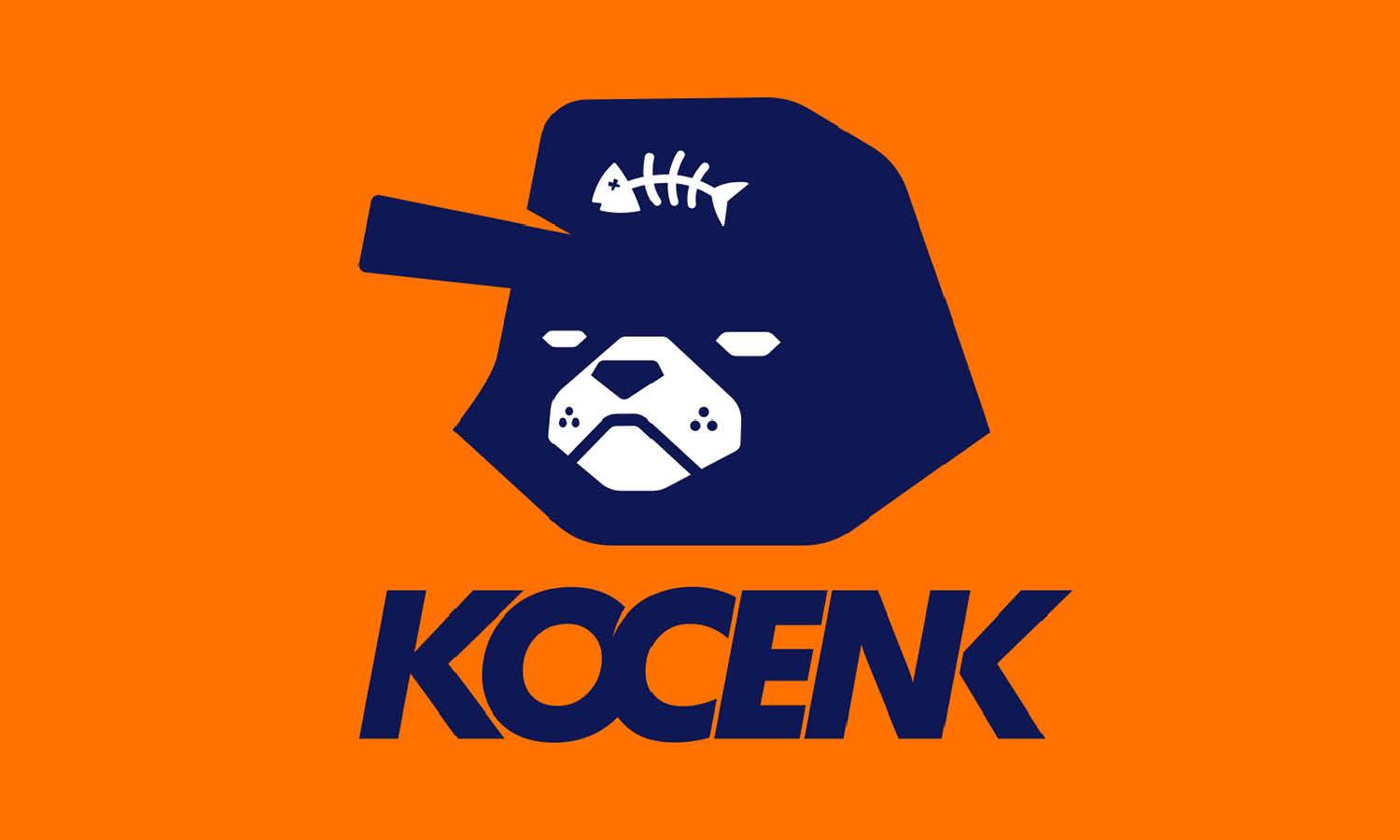
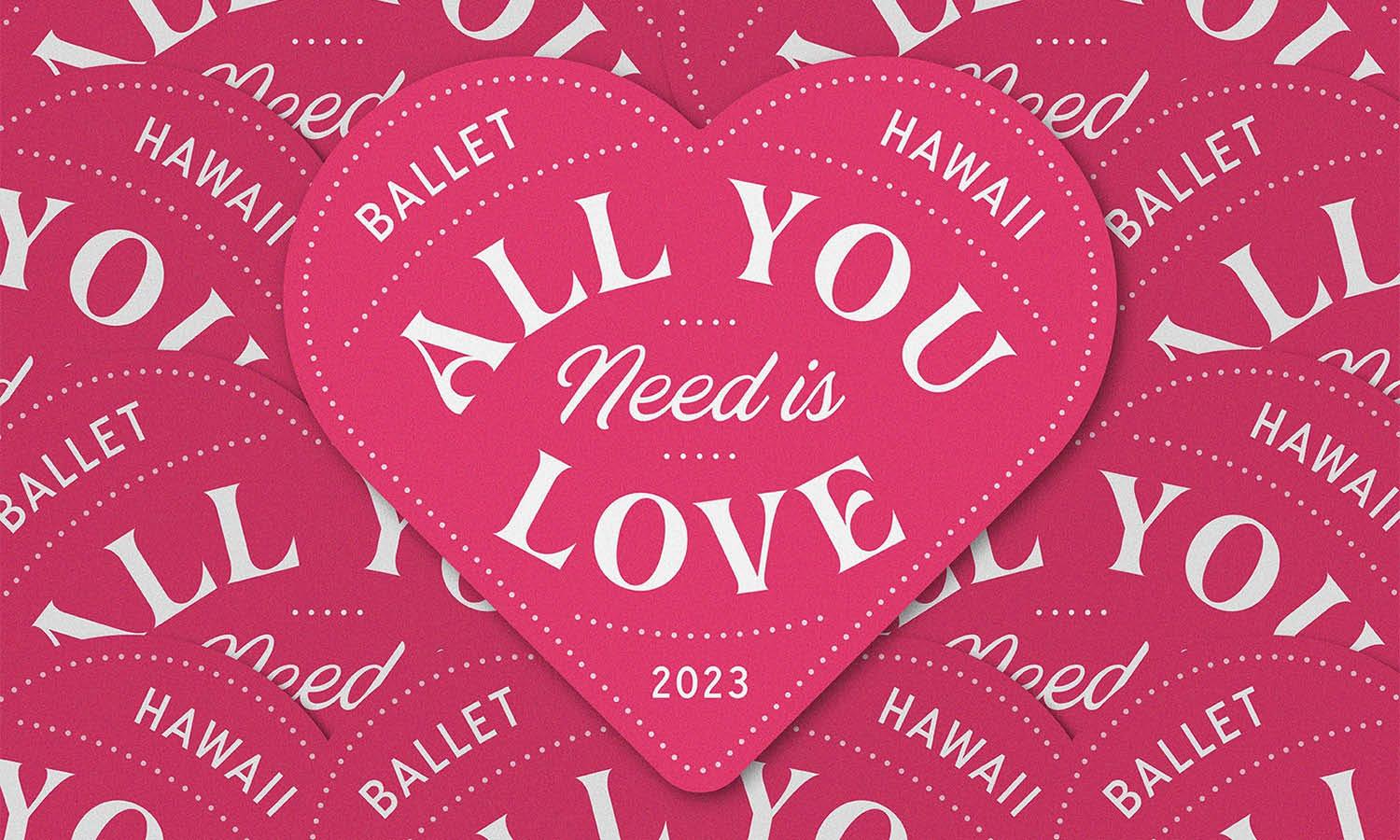

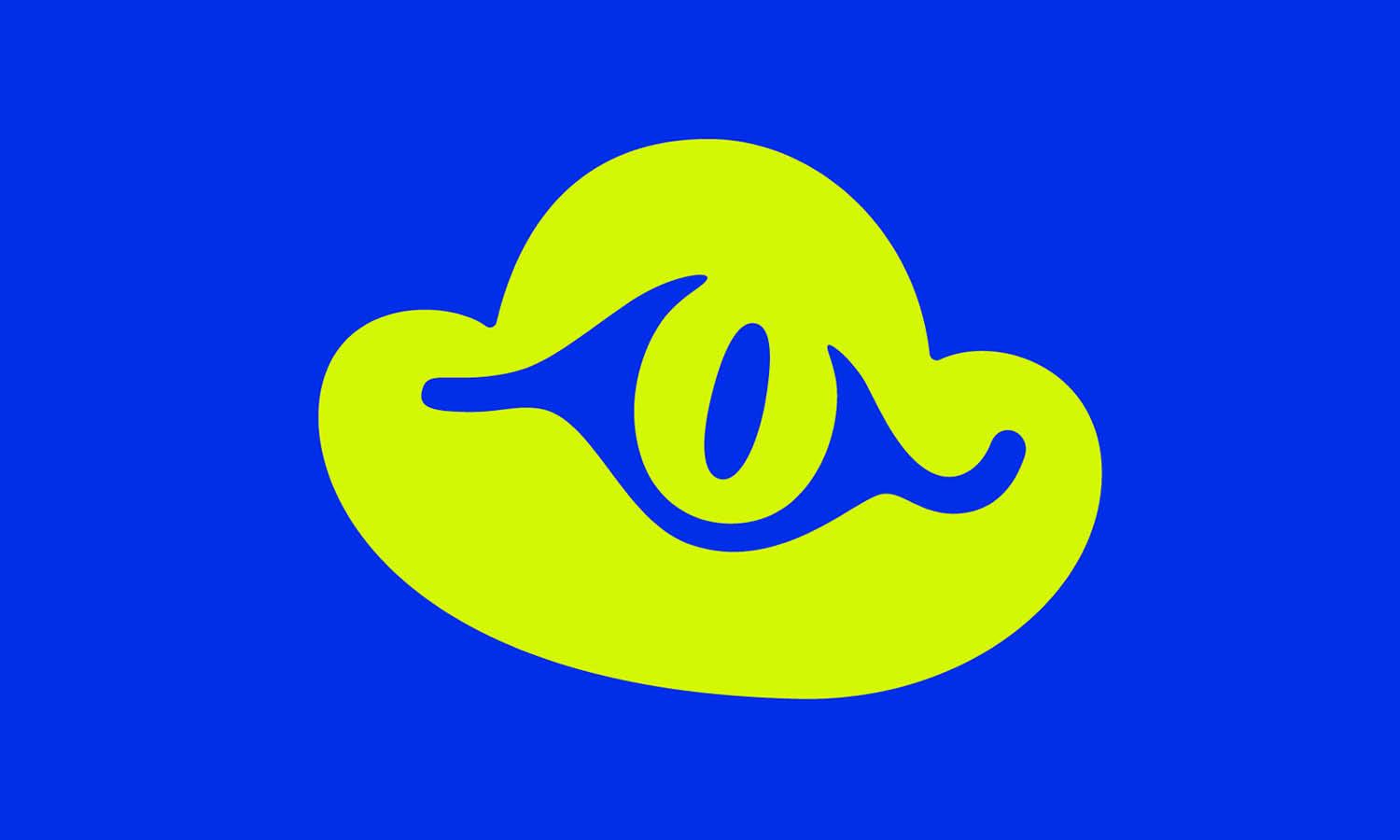

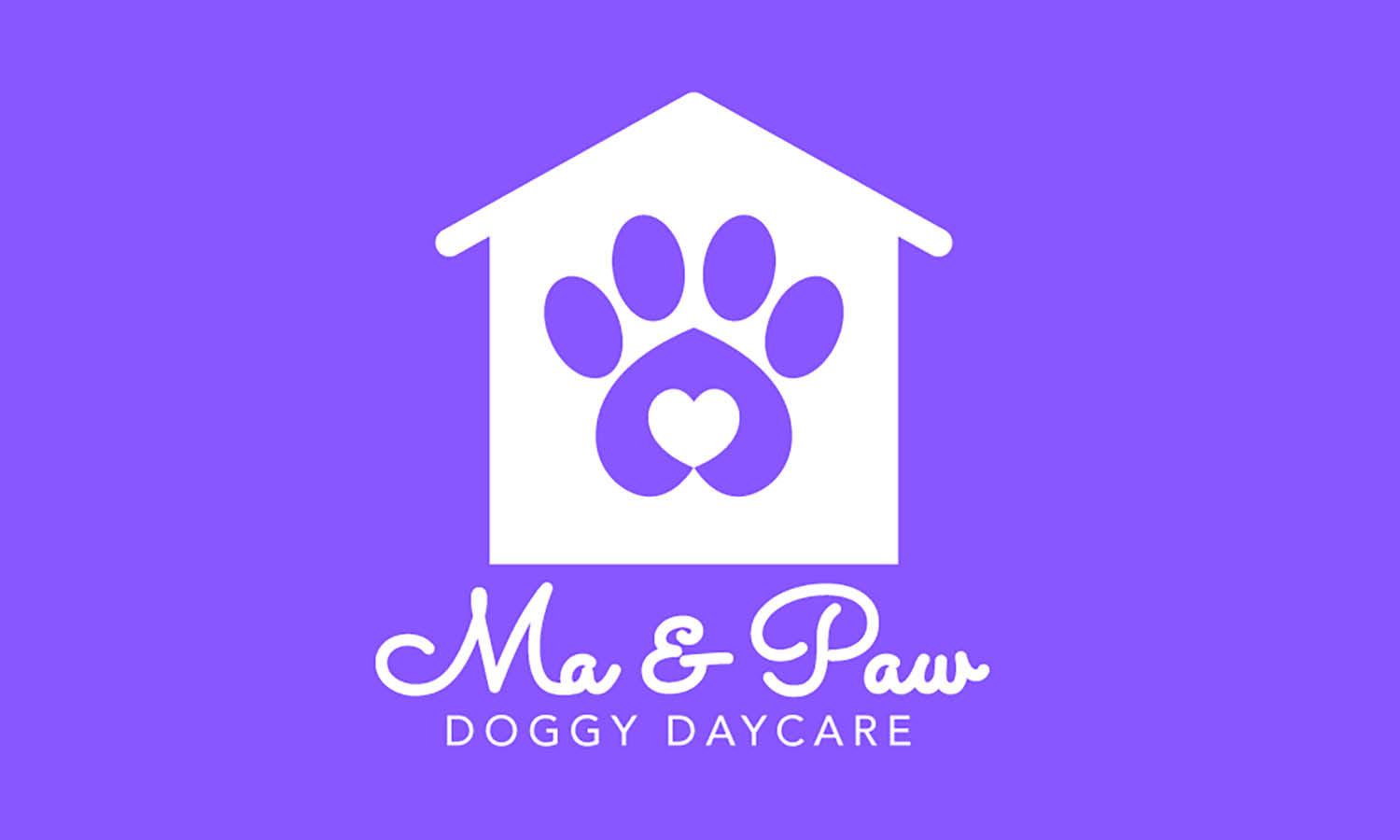
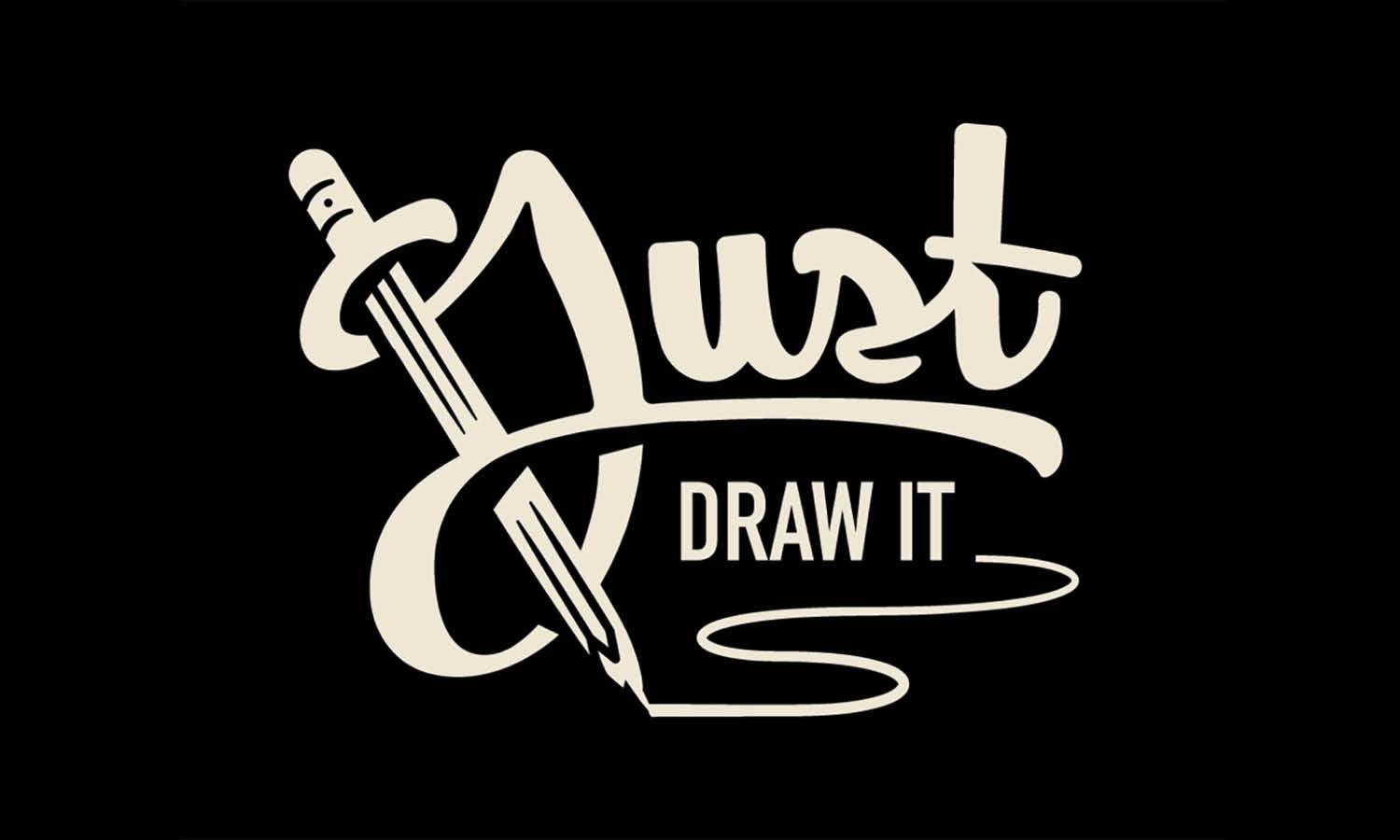







Leave a Comment